Purpose:
To ensure the safety of personnel and property by identifying and mitigating potential fire hazards in various activities.
Key Elements:
- Potential Hazards Considered:
- Fire risk
- Electricity hazards
- COSHH (Control of Substances Hazardous to Health)
- Environmental risk
- Persons at Risk:
- Employees
- Subcontractors
- Visitors
- Public
- Mandatory Health, Safety, and Environment (HSE) Requirements:
- Safety induction
- Tool box talks
- Proper PPE (Personal Protective Equipment)
- Work permit
- Proper tools and equipment
- Proper supervision
- Barricades and warning signs
- PPE Requirements:
- Safety helmets
- Safety boots
- Goggles/spectacles
- Gloves
- Masks
- Overalls
- Respiratory/breathing apparatus
- Risk Levels and Control Measures:
- Fire Due to Hot Works: Appoint competent operatives, obtain hot work permits, take precautions, and monitor operations.
- Fire Due to Electricity: Use competent personnel, comply with standards, inspect equipment, and ensure proper grounding.
- Improper Storage of Flammable Items: Designate storage areas, follow MSDS guidelines, and train personnel.
- Fire Due to Smoking: Enforce non-smoking policies and designate smoking areas.
- Poor Housekeeping: Remove combustible wastes daily and dispose of chemical containers properly.
- Fire Due to Lightning: Install lightning arrestors and use standard electrical wiring with proper earthing.
- Fire Due to Arson: Educate employees, restrict smoking materials, and provide security.
- Lack of Fire Detection and Fighting Equipment: Provide adequate fire-fighting equipment, install detection systems, and activate sprinkler systems.
Ongoing Process:
Risk assessment is a continuous process and must be communicated to workers before starting the job. It is regularly reviewed to adapt to new activities and potential risks, ensuring a safe working environment.
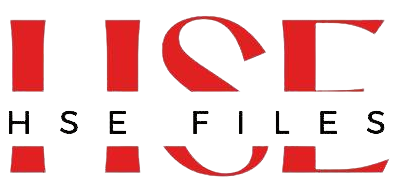

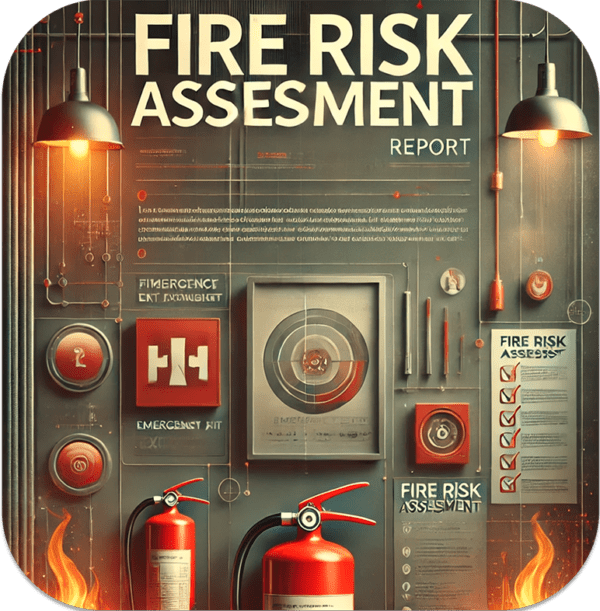
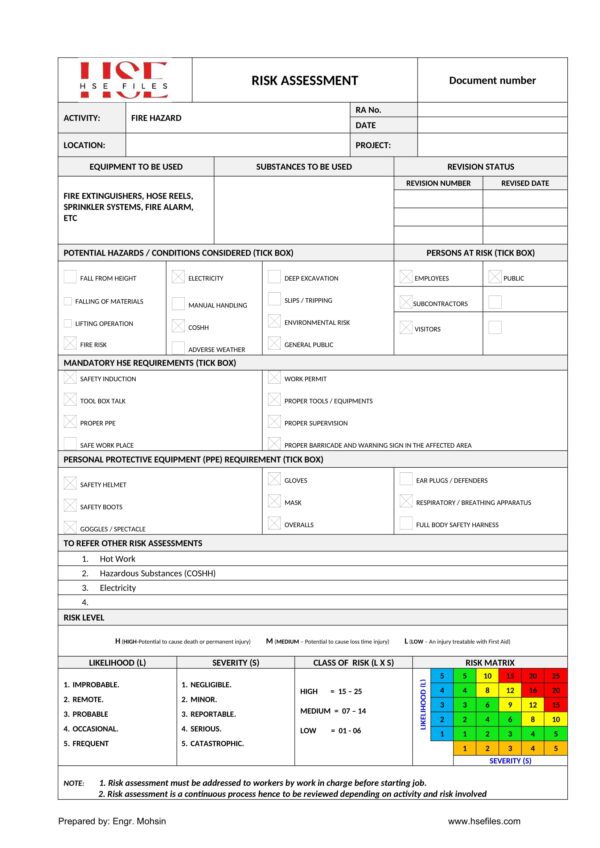
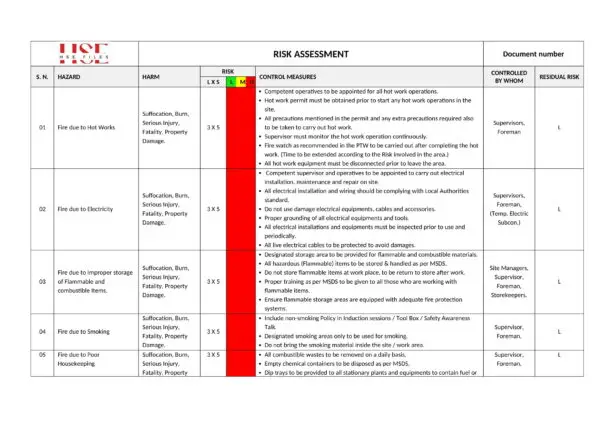
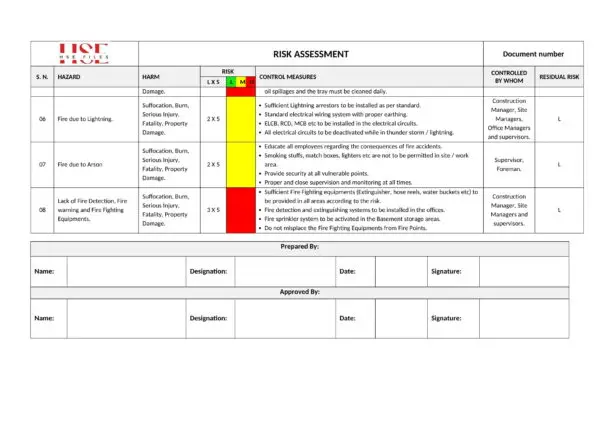
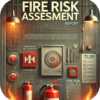
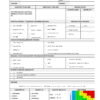
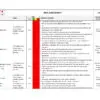
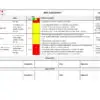
 Fire Risk Assessment: The attached document is a powerful tool for identifying and mitigating risks associated with fire in your workplace and site. It’s more than just a form—it’s a proactive step toward safety excellence.
Fire Risk Assessment: The attached document is a powerful tool for identifying and mitigating risks associated with fire in your workplace and site. It’s more than just a form—it’s a proactive step toward safety excellence.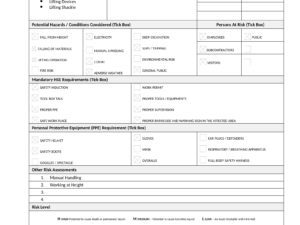

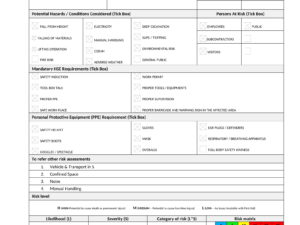

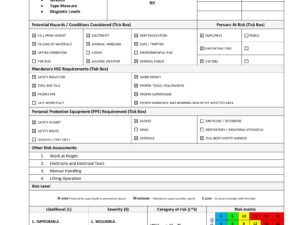
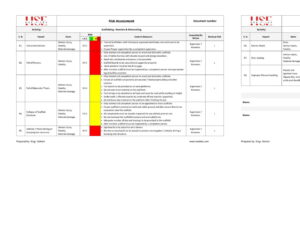
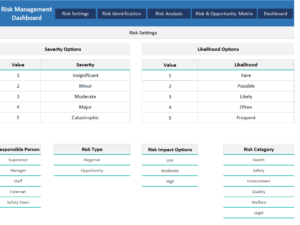
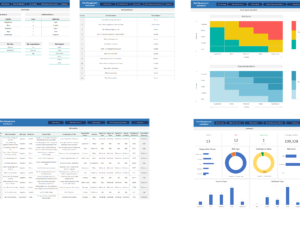
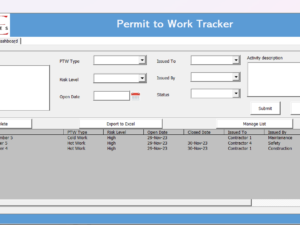

Reviews
There are no reviews yet.